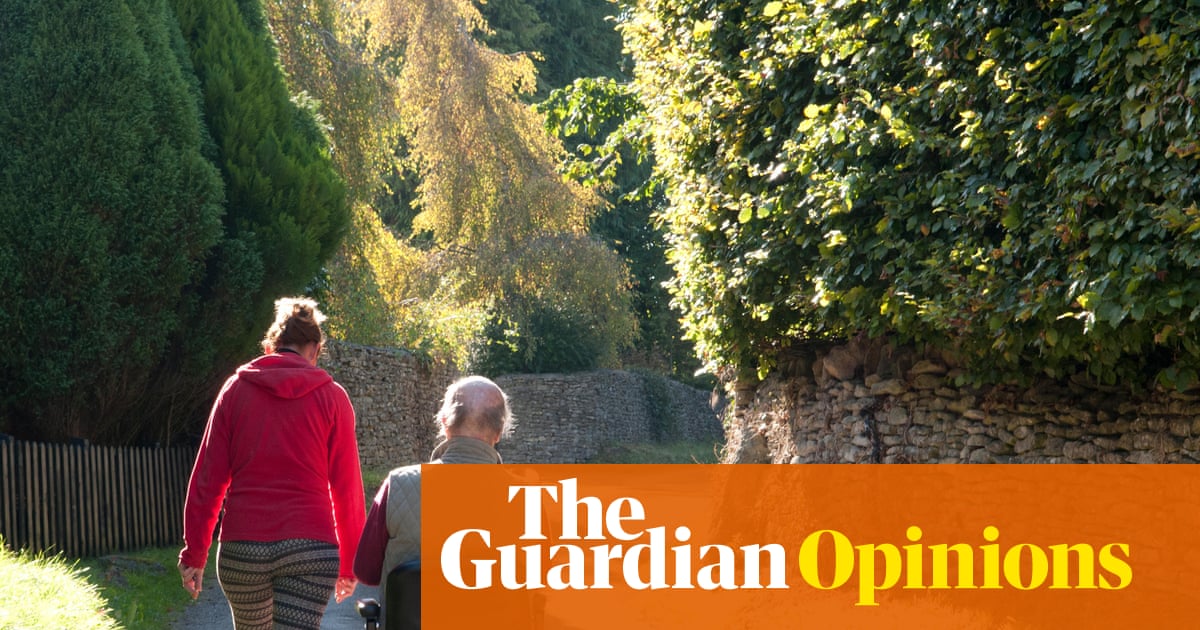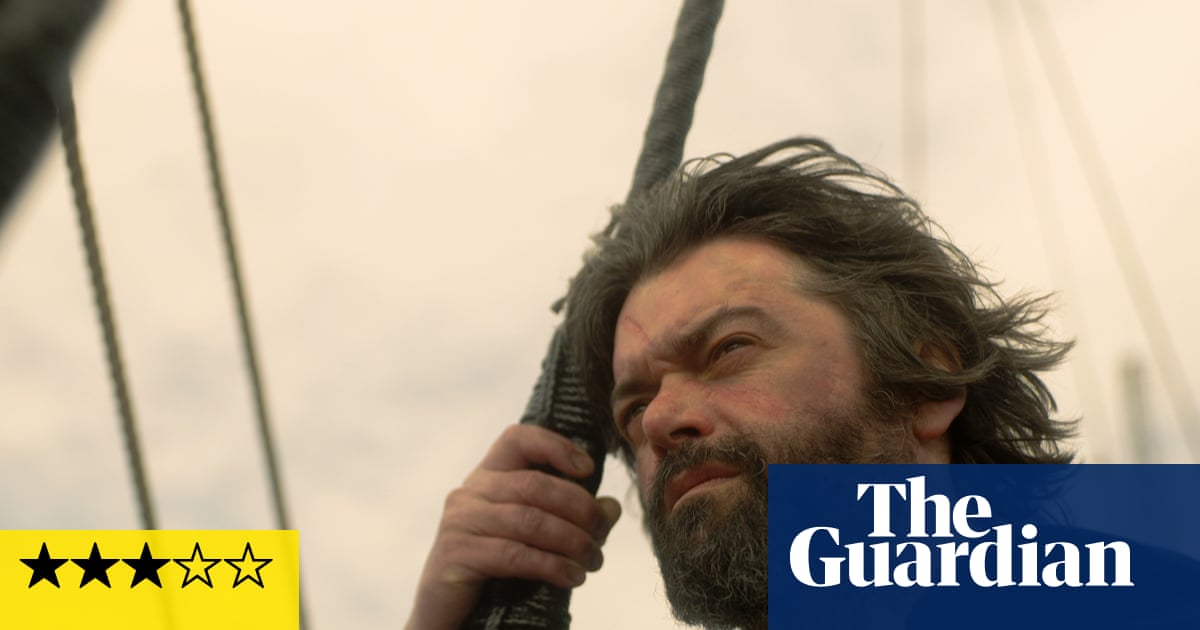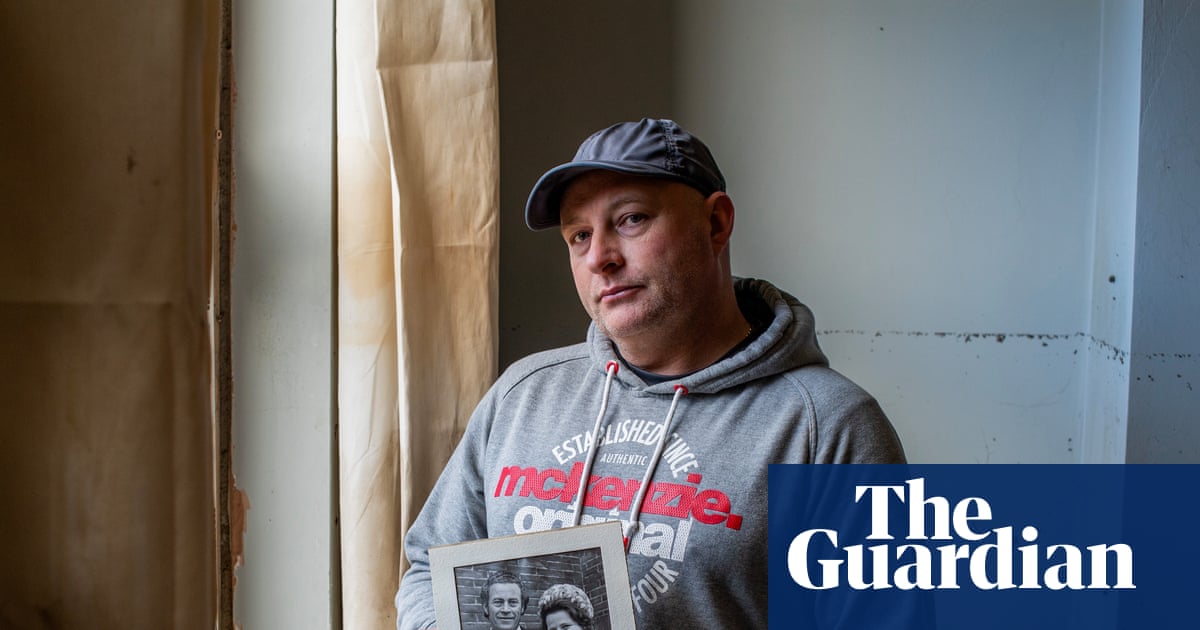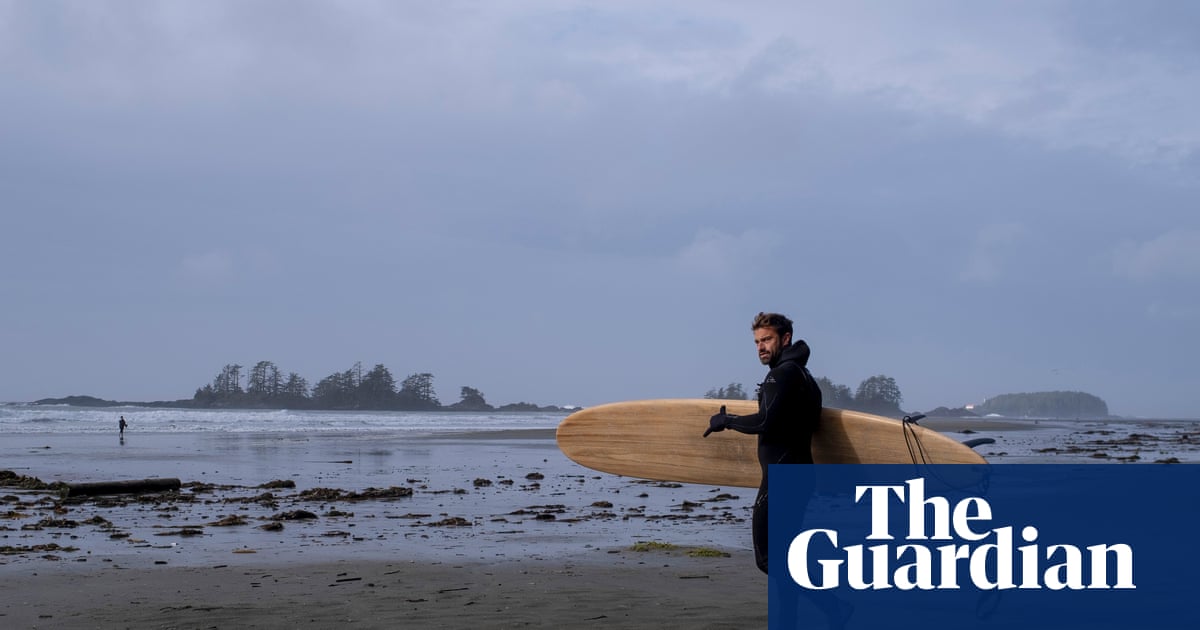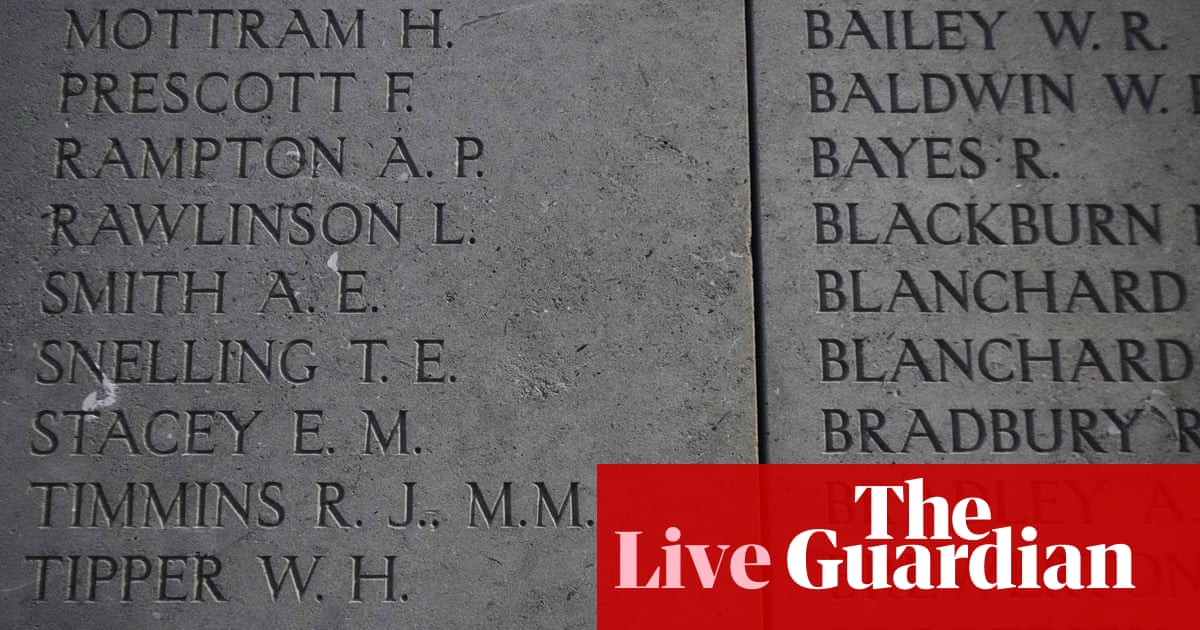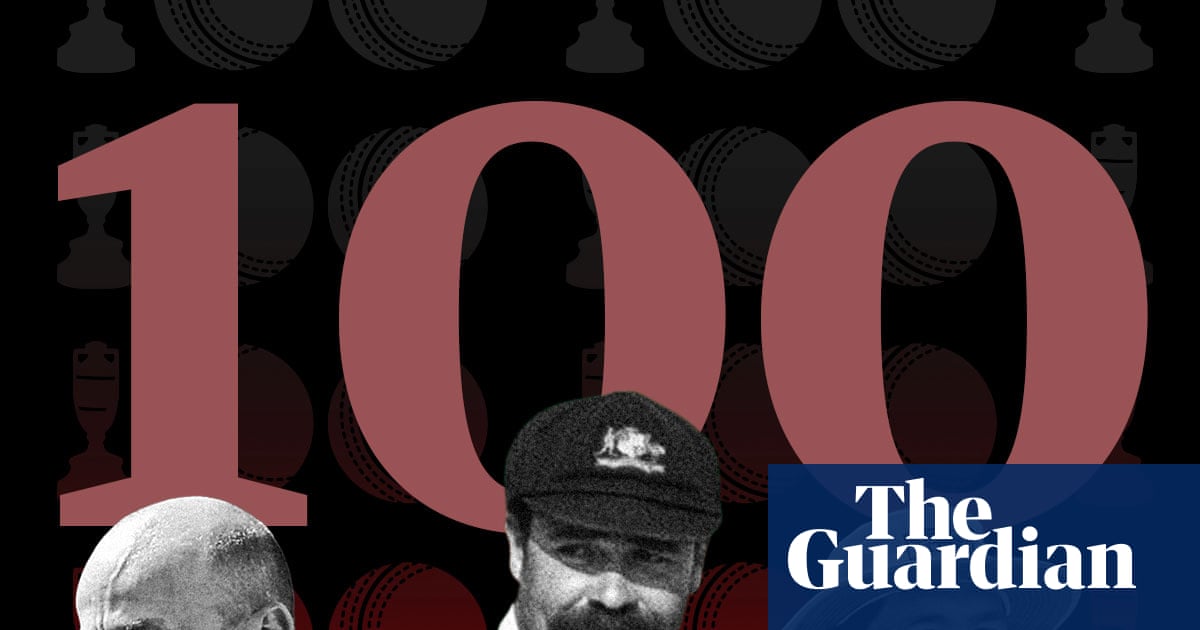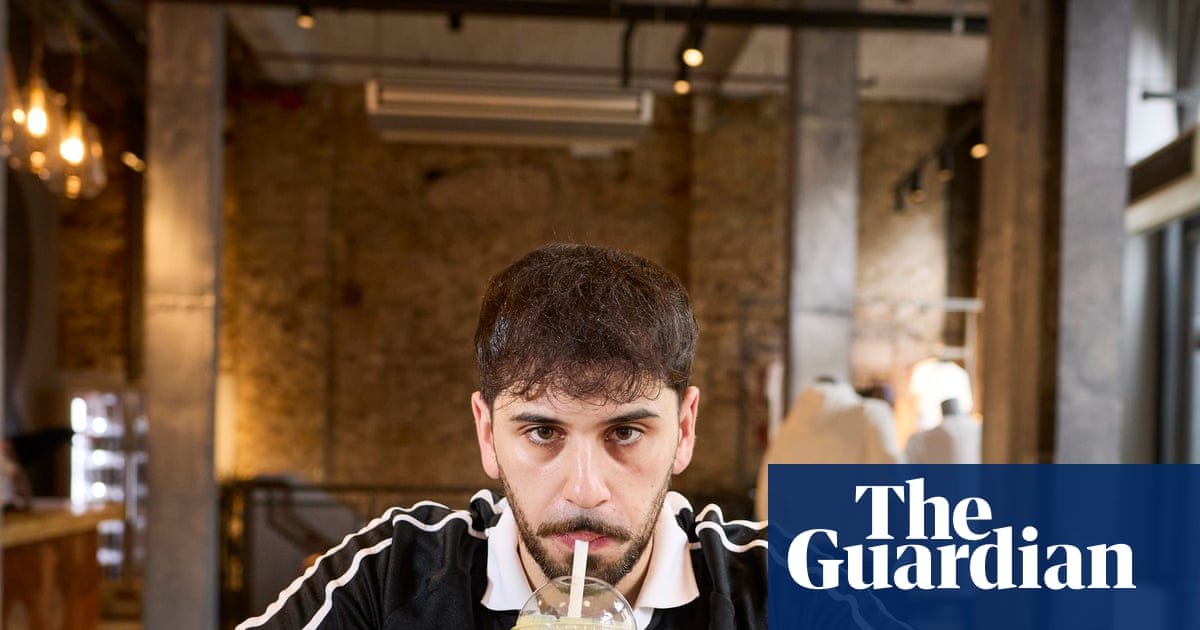I don’t remember the picture being taken. Somewhere in Scotland, sometime in the 1980s. It has that hazy quality you get with old colour prints: warm but also somehow melancholy. I’m wearing blue jeans, white trainers, an army surplus jumper – and am perched on a standing stone.
My mum gave me the photo when I turned 50. She found it up in the loft. Some of these childhood pictures, souvenirs of trips with my grandparents to historic sites, have the place names written on the back. This one was blank, a tantalising mystery. Though I didn’t recognise the location, something about the landscape and quality of light suggested it was Islay, an island I’d visited just once – when I was not quite 12. So I decided to see if I could find the spot, slipped the photograph into my notebook and set off.
Islay is the southernmost point of the Inner Hebrides, lying on the same latitude as Glasgow. That makes it sound an easy hop from the city, but the watery fractures of Scotland’s west coast require a long drive north and then south along the shores of sea lochs, before a two-hour crossing from the port of Kennacraig. Islay is the eighth largest of the British Isles (bigger than the Isle of Man and Isle of Wight) and yet not, I think, well known. Some of its communities – Ardbeg, Bowmore, Lagavulin – have given their names to famous whisky brands, but the island as a whole feels a little obscure.
A saltire (Scottish flag) flapped on the prow as the CalMac ferry eased up the Sound of Islay. The cloud-shrouded mountains of nearby island Jura were a dark presence to starboard. Islay, to port, appeared far more friendly, with its purple heather and bright strand. But appearances can deceive. A cormorant – the devil’s bird – flew in front of the ship in the direction of Islay, not Jura, and I wasn’t at all surprised. I remember, as a boy, being much taken by an illustrated map in which the island was made to look like a demon. The Rinns peninsula formed its horns and snout, the Oa peninsula its claws, and the north-east headland its leathery wings. It sat hunched on the edge of Scotland, poised to take flight for Irish shores.
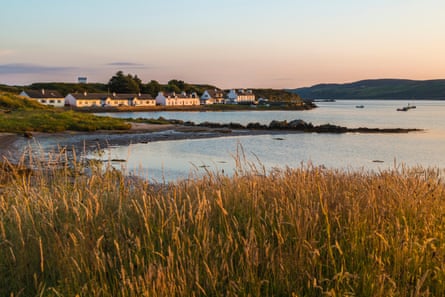
Disembarking at Port Askaig, I drove to Port Charlotte, where the Museum of Islay Life, housed in a former church, is a charming jumble. A wooden figurehead poses next to the island’s old telephone switchboard; a stuffed red squirrel sits glassy-eyed in a bell jar; and an American flag, sewn by Islay women to be flown at the burials of the many US soldiers whose bodies washed ashore when the SS Tuscania was torpedoed by a German U-boat in 1918, hangs faded with age.
I’d spent a lot of time in this museum during my childhood stay, fascinated by one exhibit in particular: the skull of an Irish elk. It had been found in a peat bog in the 19th century, and in my recollection was stained almost black, but seeing it again now I realised that memory had played me false; it was greyish brown, no darker than an oatcake. Yet I had not misremembered its great size – an almost 2-metre span between the tips of its antlers. This creature, now extinct, lived and died on Islay about 12,000 years ago, at about the same time, it is thought, as the first people, a party of hunters, arrived on the island, travelling from Scandinavia or northern Germany. Perhaps they glimpsed the elk across the virgin landscape. Perhaps it scented the unfamiliar human stink and wisely kept its distance.
Islay has a great many ancient sites. The standing stone in my photograph could be any of them. I had arranged to speak with Steven Mithen, an archaeologist with a particular interest in the island, in the hope he would identify it. I was lucky to catch him. The University of Reading professor would soon leave for a few days camping on Nave, a tiny island off Islay’s northern coast, where he hoped to find a Viking boat burial. We met for a cuppa and I showed him the picture.
“That’s Cragabus,” he said. “Lovely photo. Wonderful place.”
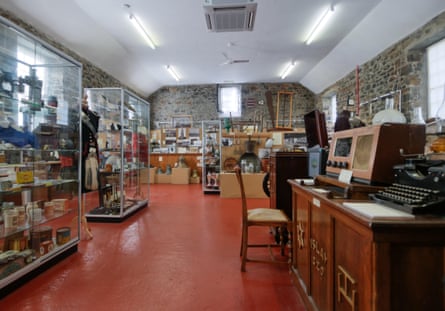
The stone on which I was sitting, he explained, was a surviving part of a chambered cairn – a Neolithic stone tomb probably built around 3,500BC. It had been excavated in 1902. Human remains were found along with fragments of clay vessels, known as beakers, their presence indicating that the cairn had been reopened in the bronze age and used by those later people for the burial of their own dead. I knew a bit about beaker burials. I’d excavated one myself – in 1984, the same year, I think, as my visit to Islay, helping my grandparents to trowel up the bones of the person buried alongside a decorated pot.
My grandfather, Eric Ross – Grumps to his grandkids – was a coachbuilder. That was how he earned a wage, building buses in a factory, but archaeology was what he loved. He fell for it during the second world war. He had joined the RAF in 1941, aged 20, serving in north Africa and Italy. “He was the only man I knew who had used a genuine working Roman bath,” one of his friends once told me. “Just before the victory parade in Tunis, his squad was given a few minutes in the still-operational baths fed from the hot springs.”
So, washing desert sand from his body in Roman ruins is how history got under his skin? I like this very much as an origin story. I wish I could have asked him but, of course, it is too late. People slip away before we are ready to hear their stories. I wish, too, that I had become an archaeologist myself. Whenever I think back to our old adventures, it feels like a path not taken. This trip to Islay, and my new book, Upon a White Horse: Journeys in Ancient Britain and Ireland, are attempts to walk it a little.
Prof Mithen told me where to find Cragabus: in the south-west of the island, just off a single-track road, marked on the map with that gothic type so evocative of strange old places. At Port Ellen, I followed a sign marked Mull of Oa and was soon there. Climbing a farm gate, I walked up a short, steep rise. There was the megalith I had sat upon: nearly 2 metres tall, the same distinctive shape, tip bristling with a pelt of lichen, its lower parts soft with snagged wool where sheep had rubbed. I propped my phone on a fence post and took a photograph, 41 years after the first: a middle-aged man touching a stone.
People who were taken to ancient places as children often have fuzzy old photos of themselves at the sites. Such pictures increase in power as the years go by. The people who took us pass away, and we ourselves grow up and change, but the stones stay the same. So, when we return as adults, we can measure ourselves against them, see our little lives in relation to eternity. That was how I felt at Cragabus: bigger yet smaller, older yet no age at all.
Peter Ross’s Upon a White Horse: Journeys in Ancient Britain and Ireland is published by Headline at £22. To buy a copy for £19.80, go to guardianbookshop.com. Delivery charges may apply.

 2 months ago
47
2 months ago
47

